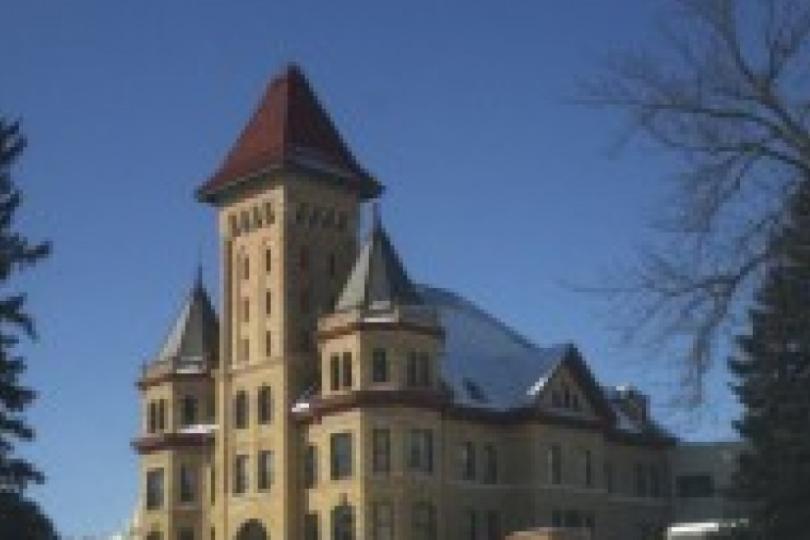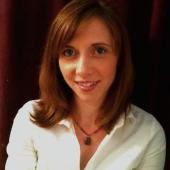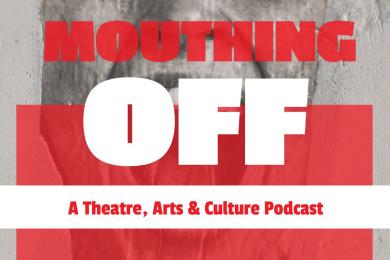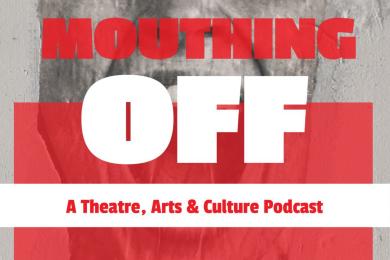Dialogue, Part 5 (+/-): Time and place and the art of return
Interview

Editor's Note: This week Charles, Ashley, and Molly respond to each other's essays from last. Monday: Charles. TODAY: Ashley. Thursday: Molly. Also, follow along as Derek Lee Miller tries to understand creative placemakings origins and Sheila Regan, at mnartists.org, checks in with some local projects.
I want to give a quick thanks to Alan and MinnesotaPlaylist for offering this opportunity for dialogue. I have engaged in many conversations and long thought trains about “placemaking” over the years of working in the public art and site-specific theater world, but I really haven’t been asked to put these thoughts down on paper since grad school. It has raised a lot of questions and even helped me solidify my personal thoughts and feelings about my work and this ever expanding field, so thank you.
---
Reading through Molly’s and Charles’ essays, I found myself thinking more about the nature of temporary vs. permanent placemaking projects. Charles alludes to the history of the word - the term “placemaking” finds its origin in the 1960s in the landscape architecture and urban design fields – a physical, and often permanent, transformation of a place; while, Molly mentions the current trend of creating a “temporary venue” specific to our art in a place.
Before starting PlaceBase Productions, I spent a few years working in the public art realm. Whether installing large-scale sculptures, shaping earthworks, installing photographs along six-miles of an urban corridor, or flying kites – something happened to a place because of the artist as instigator. However, the results of this something were very different based on the temporary or permanent nature of the art.
As theater artists, we have the benefit of creating temporary work in public places. The work exists in and can respond to the needs of a given time, and then it disappears once the metaphorical curtains close. However, sculptors, for example, have to think about the work they create for public places from a much different lens – there is a longevity factor, a permanence of which theater makers do not have to commit. We do not need to concern ourselves with ongoing maintenance, subject timelessness, vandalism, weathering, etc. We can create the one-off magic moment, applaud, sit-back and wait for the “ripple effects” – right?
Another term that is often used in the place-making movement is “pop-up” – pop-up gallery, pop-up printmaking, pop-up workshop, and so on… I have to wonder what this term says about our relationship to the place in which we are working. Yes, there is the argument that it allows for the collective imagination of what a place could become, but, it also could give the impression that we are saying “I am here! But, only for a little while, because I really can’t invest long-term in this place - I have other places to be.”
As artists of the ephemeral, we need to be highly aware of the pros and cons of our temporary art form and how that might (and might not) affect a place.
In Molly’s essay, she asks the question: “I often wonder if placemaking artists ought to have deep ties to the places, cultures, issues, or history where they work. If they aren’t familiar, is it their responsibility to learn and/or be accountable to the ways their work might not resonate with that place?”
My short answer is, absolutely. With PlaceBase work, we are constantly balancing our role as the “outsider coming in” – we do not live in the communities that we create shows, our ancestors did not settle there, we probably will not raise children there. With each project, however, we do invest deeply in the place. We spend months researching the history, building relationships, attending city council meetings, engaging in the current dialogue, local politics, festivities, celebrations, art and culture as best we can. We build trust and we commit to the place and the process. And, following the project, we do not disappear – although we do not live there, we have developed a sense of loyalty to the place that keeps us coming back and allows us to continue harnessing the energy and maintaining the connections that were created from our temporary practice.
But, all of this takes TIME.
Whether we are creating temporary or permanent work, in order to fully understand the implications, the “ripple effects” of our work, we need to take the TIME and be willing to COMMIT to the place in order for the work to be authentic and effective as a change-agent.
However, our reliance upon the short-term, set-in-stone, funding cycles and our twenty-first century fear of commitment doesn’t help our cause. If the term placemaking is going to be permanently co-opted into the world of temporary art, we need to shift the funding paradigm and the measurement of success from one that supports one-off projects to one that encourages and supports the lasting relationship. The ability to invest deeply. The time to commit to the place.
Think of it as you would any relationship. And, in that respect, a word I would like us to consider using more in this work is fidelity – “faithfulness demonstrated by continuing loyalty and support.”
My fear with the buzz of pop-ups and placemaking in its current trend is that the rapid-fire approach often employed leads to projects that are not fully realized, and potentially even harmful, to the place. If we are to refer to our work as placemaking, we do, like sculptors, need to think about the ongoing maintenance, the permanence of our impermanent work. Whether it is fidelity to a process, a place, a community, a person, or an idea – I believe this continuation of loyalty and support will result in lasting change that warrants our use of the term “placemaking,” as it was originally intended.




